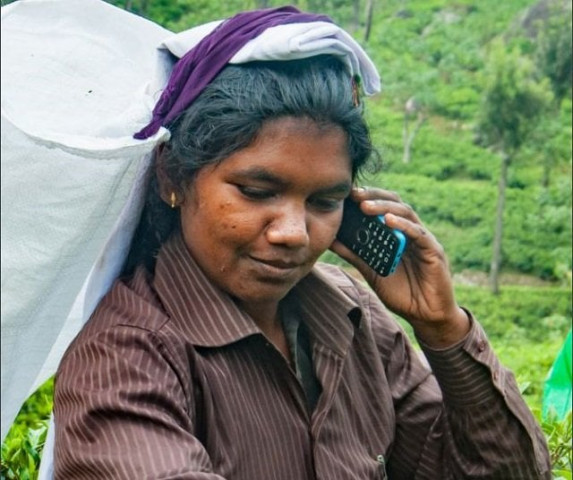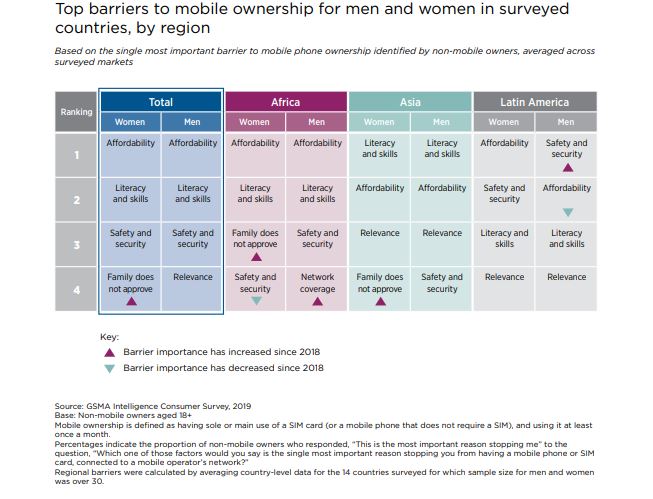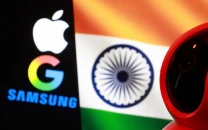Despite changing times mobile gender gap is widest in Pakistan
In Pakistan only 20% of women have access to a smartphone

PHOTO: GSMA Connected Women
While women are taking active participation in all segments of the economy it is quite unfortunate that many of them go on doing their jobs and day to day activities without having access to a basic mobile device let alone a smartphone.
According to The Mobile Gender Gap Report, which sheds light on women's mobile access, despite the growing significance of connectivity, there is still a high mobile gender gap in 2020.
Markets with lower levels of mobile use have wider gender gaps in mobile ownership and mobile internet use, the report reveals.
Women in Pakistan are 38 per cent less likely than men to own a mobile phone and 49 per cent less likely to use mobile internet.
The barriers to access are affordability, literacy, safety, and family support. Focusing on South Asia the graph illustrates that the highest barrier is the ‘family does not approve’ factor.
Family approval remains a major impediment in countries like Pakistan, Bangladesh and Algeria, the report divulges.
In the Low-to-Middle-Income Countries (LMICs), women are 8% less likely to own a mobile device than men which is a slight improvement from the 10% gender gap in previous years but there is still a long way to go especially since everything is making its way towards digitalisation.
With the high penetration of the internet in LMICs, 2.9 billion people now access the internet on their mobile phones.
Furthermore, the report suggests that in Pakistan alone 20% of women have access to a smartphone, 6% have a feature device while 23% have a basic mobile phone.
On the contrary, things are much brighter for Pakistani men as 37% of them use a smartphone, 7% have a feature device and 39% have access to basic mobile phones.
 PHOTO: GSMA
PHOTO: GSMAThe benefits of having a smartphone are not only limited to having easy access to information and entertainment there are far-reaching socio-economic benefits attached to it as well.
A research carried out by Dayoung Lee, Department of Economics Stanford University suggests that the rapid expansion of mobile devices in the developing regions has socio-economic implications, his paper analysed the impact of mobile devices in Indian households and how they improve the status of women along with several measures.
His study concluded that mobile phones significantly reduce women’s tolerance for wife-beating and husband’s control issues, and increase women’s autonomy in mobility and economic independence.
Part of empowering women begins with providing them with basic necessities such as a mobile device in order to conduct their day to day activities as nearly half the women who use mobile phones in Pakistan report that owning a mobile phone helps them with daily tasks.



















COMMENTS
Comments are moderated and generally will be posted if they are on-topic and not abusive.
For more information, please see our Comments FAQ